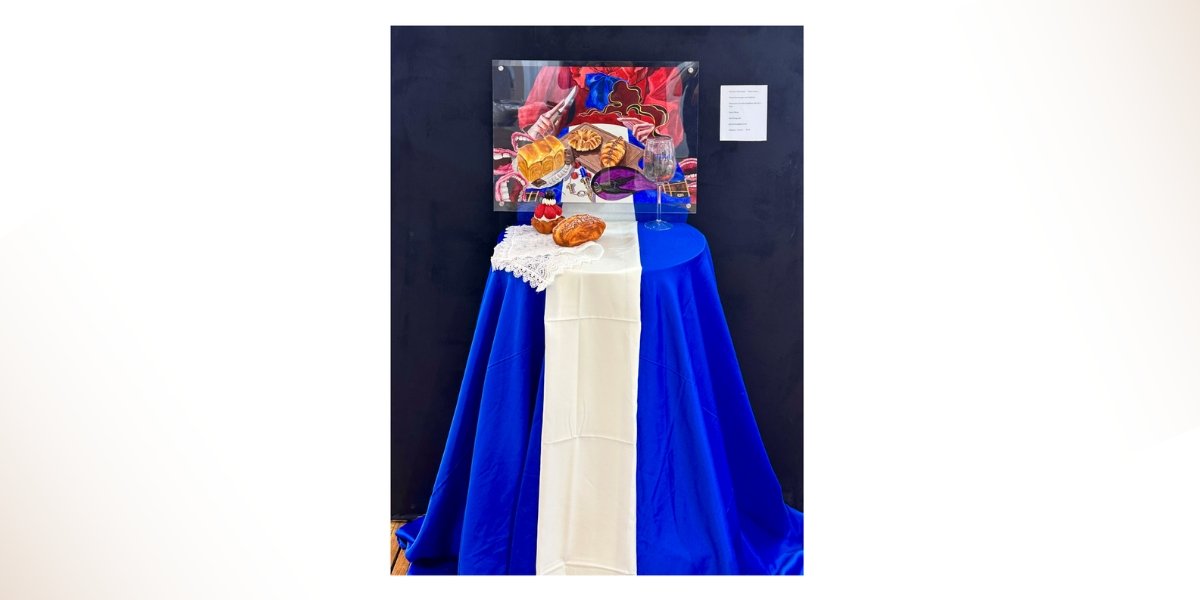Punk and rap are two distinct musical genres that have profoundly influenced urban culture and lifestyle. Both genres emerged from the streets, giving a voice to the marginalized and expressing the struggles and aspirations of urban communities. This article explores how punk and rap relate urban lifestyle to their craft, examining their origins, themes, and cultural impact. The focus keyword for this article is “urban lifestyle.”
Origins of Punk and Rap
Punk: Punk rock originated in the mid-1970s, primarily in the United States and the United Kingdom. It was a reaction against the perceived excesses of mainstream rock music and society. Bands like The Ramones, Sex Pistols, and The Clash spearheaded the movement, emphasizing raw, fast-paced music with rebellious lyrics. Punk was inherently tied to the urban environment, reflecting the grit and disillusionment of city life.
Rap: Rap music, a key element of hip-hop culture, began in the Bronx, New York, during the late 1970s. It emerged as a form of expression for African American and Latino youth, addressing social issues such as poverty, crime, and racial inequality. Early pioneers like Grandmaster Flash, Run-D.M.C., and Public Enemy used rap to tell the stories of urban life, blending rhythmic speech with beats and sampling.
Themes and Lyrics
Both punk and rap use their lyrics to convey the realities of urban life, albeit in different styles and perspectives.
Punk Themes:
- Rebellion and Anti-Establishment: Punk lyrics often critique societal norms, government policies, and corporate greed. The genre’s anti-establishment ethos resonates with urban dwellers who feel disenfranchised.
- DIY Ethic: Punk promotes a do-it-yourself approach, encouraging self-expression and independence. This DIY ethic is evident in the creation of music, fashion, and zines within the urban punk community.
- Social Commentary: Punk songs address issues like unemployment, urban decay, and social alienation, mirroring the everyday experiences of city residents.
Rap Themes:
- Social Injustice: Rap lyrics frequently highlight issues such as systemic racism, police brutality, and economic disparity. Artists use their music to raise awareness and inspire change within urban communities.
- Life in the Streets: Rap vividly describes the realities of street life, from struggles with crime and drugs to the pursuit of success and respect. This narrative authenticity connects deeply with listeners who share similar urban experiences.
- Empowerment and Resilience: Despite the challenges, rap often conveys messages of empowerment and resilience, celebrating the strength and perseverance of urban individuals.
Cultural Impact
The cultural impact of punk and rap extends beyond music, influencing fashion, art, and social movements.
Punk Culture:
- Fashion: Punk fashion, characterized by leather jackets, torn jeans, and spiked hair, became a symbol of rebellion and non-conformity. This style emerged from urban settings, where individuals used clothing to make bold statements.
- Art and Graffiti: Punk culture embraces street art and graffiti, transforming urban spaces into canvases for political and social messages. This form of expression is intertwined with the urban landscape.
- Activism: Punk communities often engage in grassroots activism, addressing local issues such as housing, healthcare, and gentrification. This activism reflects the genre’s commitment to improving urban life.
Rap Culture:
- Fashion: Rap fashion, including baggy clothes, sneakers, and bling, reflects the urban environment and the desire for self-expression. It has also influenced mainstream fashion, making streetwear a global trend.
- Graffiti and Street Art: Like punk, rap culture embraces graffiti as a powerful form of urban expression. Artists use walls and trains to convey their messages, beautifying and reclaiming urban spaces.
- Social Movements: Rap has been instrumental in mobilizing social movements, from advocating for civil rights to addressing contemporary issues like Black Lives Matter. The genre’s ability to galvanize urban communities underscores its cultural significance.
Collaboration and Crossover
Punk and rap, despite their differences, have seen collaborations and crossovers that highlight their shared roots in urban life.
- Fusion Genres: Artists have blended elements of punk and rap to create fusion genres like rap rock and punk rap. These collaborations emphasize the common themes of rebellion and resistance.
- Joint Performances: Concerts and festivals often feature both punk and rap artists, attracting diverse audiences united by their love for urban music and culture.
- Mutual Influence: Punk and rap artists draw inspiration from each other, incorporating similar lyrical themes and musical styles. This cross-pollination enriches both genres and broadens their appeal.
The Future of Urban Music
The future of punk and rap lies in their continued evolution and ability to adapt to changing urban landscapes. As cities grow and diversify, these genres will likely explore new themes and styles, reflecting the dynamic nature of urban life.
- Technological Integration: Advances in technology will shape the production and distribution of punk and rap music, allowing artists to reach wider audiences and experiment with innovative sounds.
- Global Influence: Urban music is increasingly influenced by global trends, incorporating elements from different cultures and regions. This globalization will further enrich punk and rap, making them more inclusive and representative of diverse urban experiences.
- Sustained Relevance: The enduring relevance of punk and rap depends on their ability to address contemporary issues and resonate with new generations of urban listeners. By staying true to their roots while embracing change, these genres will continue to thrive.
Punk and rap have profoundly shaped urban lifestyle and culture through their music, themes, and cultural impact. Both genres reflect the realities of urban life, from struggles and injustices to empowerment and resilience. Their influence extends beyond music, affecting fashion, art, and social movements. As they continue to evolve, punk and rap will remain vital expressions of urban experiences, inspiring and uniting communities worldwide.















